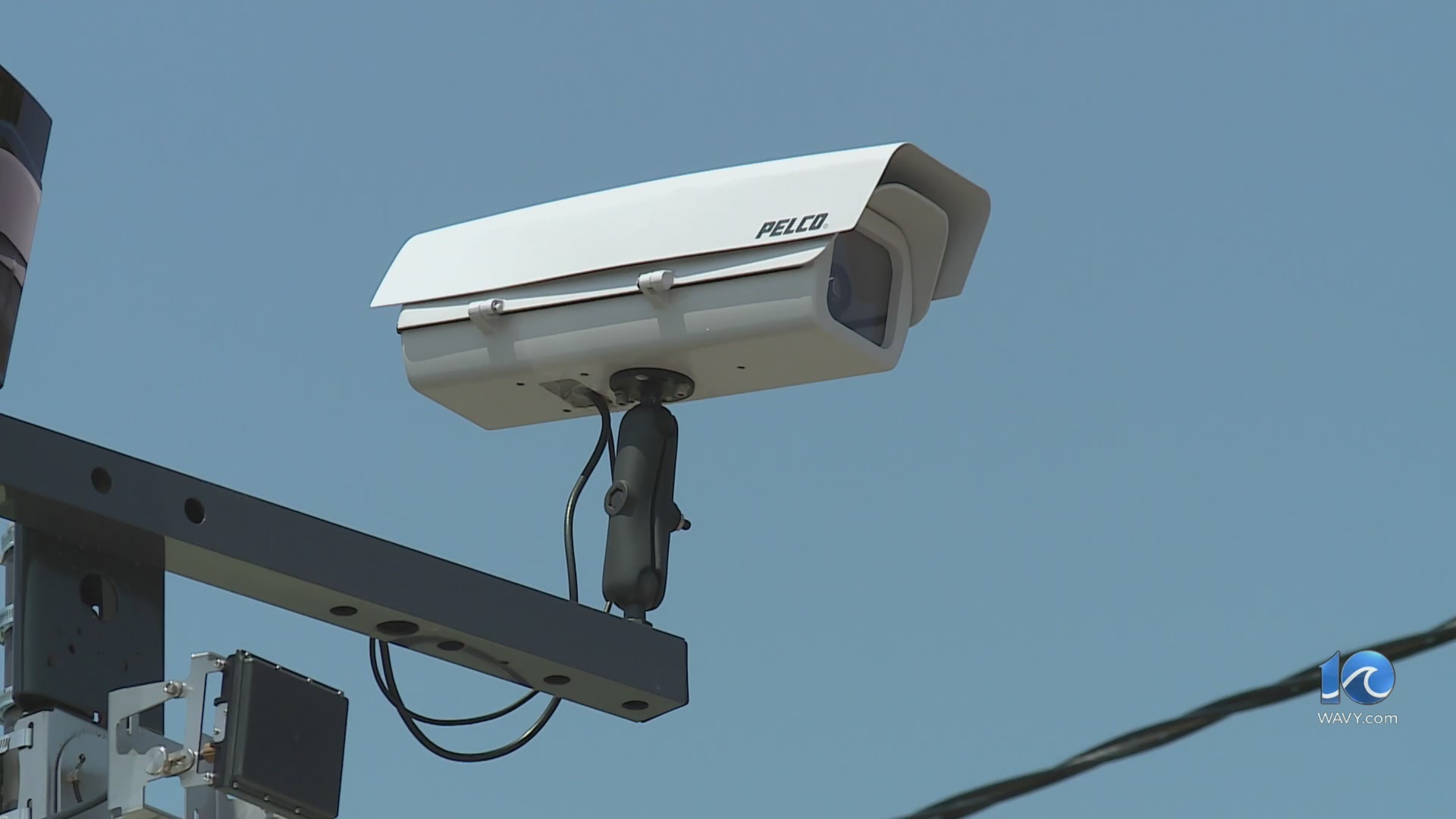ANTALYA, Turkey (AP) — NATO foreign ministers on Thursday debated an American demand to massively ramp up defense investment to 5% of gross domestic product over the next seven years, as the U.S. focuses on security challenges outside of Europe.
At talks in Antalya, Turkey, NATO Secretary-General Mark Rutte said that more investment and military equipment are needed to deal with the threat posed by Russia and terrorism, but also by China which has become the focus of U.S. concern.
“When it comes to the core defense spending, we need to do much, much more,” Rutte told reporters. He underlined that once the war in Ukraine is over, Russia could reconstitute its armed forces within three to five years.
Secretary of State Marco Rubio underlined that “the alliance is only as strong as its weakest link.” He insisted that the U.S. investment demand is about “spending money on the capabilities that are needed for the threats of the 21st century.”
The debate on defense spending is heating up ahead of a summit of U.S. President Donald Trump and his NATO counterparts in the Netherlands on June 24-25. It’s a high-level gathering that will set the course for future European security, including that of Ukraine.
In 2023, as Russia’s full-scale war on Ukraine entered its second year, NATO leaders agreed to spend at least 2% of GDP on national defense budgets. So far, 22 of the 32 member countries have done so.
The new spending plan under consideration is for all allies to aim for 3.5% of GDP on their defense budgets by 2032, plus an extra 1.5% on potentially defense-related things like infrastructure — roads, bridges, airports and seaports.
While the two figures add up to 5%, factoring in infrastructure and cybersecurity would change the basis on which NATO traditionally calculates defense spending. The seven-year time frame is also short by the alliance’s usual standards.
Rutte refused to confirm the numbers under consideration, but he acknowledged the importance of including infrastructure in the equation, “for example to make sure that bridges, yes, are there for you and me to drive our cars but also if necessary to make sure that the bridge will hold a tank. So all these expenditures have to be taken into account.”
But he didn’t signal any progress on narrowing the numbers down after the meeting, which came as Ukrainian President Volodymyr Zelenskyy waited, apparently in vain, in the Turkish capital Ankara for Russian President President Vladimir to hold face-to-face talks on ending their 3-year-old war.
It’s difficult to see how many members would reach a new 3.5% goal. Belgium, Canada, Croatia, Italy, Luxembourg, Montenegro, Portugal, Slovenia and Spain are not even spending 2% yet, although Spain does expect to reach that goal in 2025, a year past the deadline.
The U.S. demand would require investment at an unprecedented scale, but Trump has cast doubt over whether the U.S. would defend allies that spend too little, and this remains an incentive to do more, even as European allies realize that they must match the threat posed by Russia.
Europe-wide, industry leaders and experts have pointed out challenges the continent must overcome to be a truly self-sufficient military power, chiefly its decades-long reliance on the U.S. as well as its fragmented defense industry.
“There is a lot at stake for us,” Lithuanian Foreign Minister Kęstutis Budrys said. He urged his NATO partners to meet the investment goals faster than the 2032 target “because we see the tempo and the speed, how Russia generates its forces now as we speak.”
British Foreign Secretary David Lammy said his country should reach 2.5% by 2027, and then 3% by the next U.K. elections planned for 2029.
“It’s hugely important that we recommit to Europe’s defense and that we step up alongside our U.S. partners in this challenging geopolitical moment where there are so many precious across the world, and particularly in the Indo-Pacific,” he said.
As an organization, NATO plays no direct security role in Asia, and it remains unclear what demands the Trump administration might make of the allies as it turns its attention to China. The last NATO security operation outside the Euro-Atlantic area, its 18-year stay in Afghanistan, ended in chaos.
Asked after the meeting about whether the next summit communique will underline that still Russia poses the greatest threat to all NATO allies, Rutte refused to be drawn: “We will see what is the best way to play that,” he said.
Question marks also hang over the way the leaders will frame NATO’s commitment to Ukraine. The war there has dominated recent summits, with envoys struggling to find language that would further anchor the country to the alliance without actually allowing it to join.
But this year, the United States has taken Ukraine’s membership off the table. Trump has shown impatience with Zelenskyy and remains unclear whether he will be invited to the meeting in The Hague.
___
Cook reported from Brussels, and Fraser from Ankara, Turkey.







